Detailed explanation of coarse and fine grinding degree of coffee powder
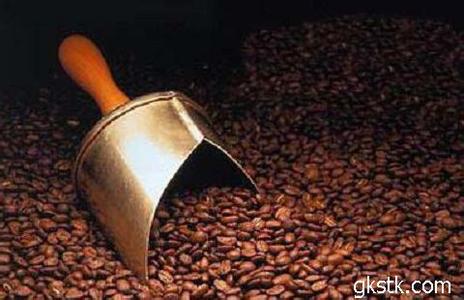
The thickness of coffee powder is related to the amount and speed of coffee ingredients released when brewing coffee. Generally speaking, the thickness of coffee powder can be divided into: coarse powder, medium powder, medium powder, fine powder, very fine powder, five grades, is a little dizzy, ha, it doesn't matter! As soon as you look at the comparison picture and the reference, you can instantly understand the thickness, and usually you can't use so many different thicknesses.
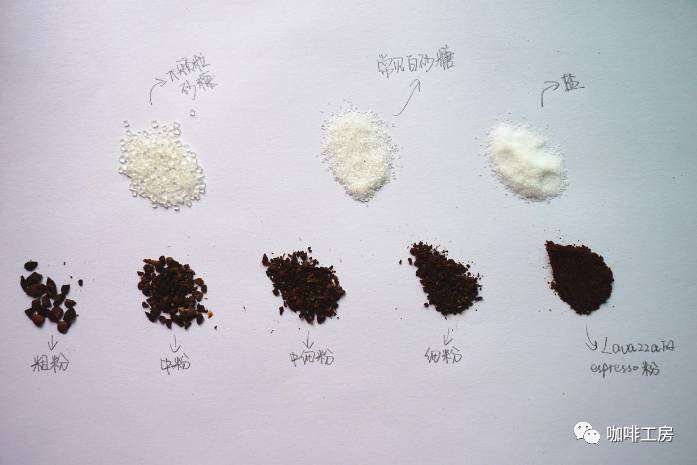
Yes, it is to use different thicknesses of white sugar as a reference. You may have seen it on the Internet before, saying that the powder is the size of raw sugar and the size of granulated sugar. Because we seldom divide the white sugar so fine that we don't know the thickness of the white sugar at all. Therefore, or "talk with the picture", directly find out the different thickness of white sugar in the home, and see the comparison and reference.
(1) very fine powder

Suitable for espresso
This is the best to understand, and the usage is relatively absolute, only used when making espresso. Because the extraction method is different from the usual principle of brewing at home, it needs to be pressurized, so the appliance is an Italian coffee machine, and the grinding also requires a professional coffee mill to achieve extremely fine. If you use a mocha pot to make coffee, it is also more suitable to use very fine powder, but the extraction is generally excessive, although a little oil can come out, but the taste is bitter, and the enjoyment process is often greater than the taste itself.
(2) Fine powder
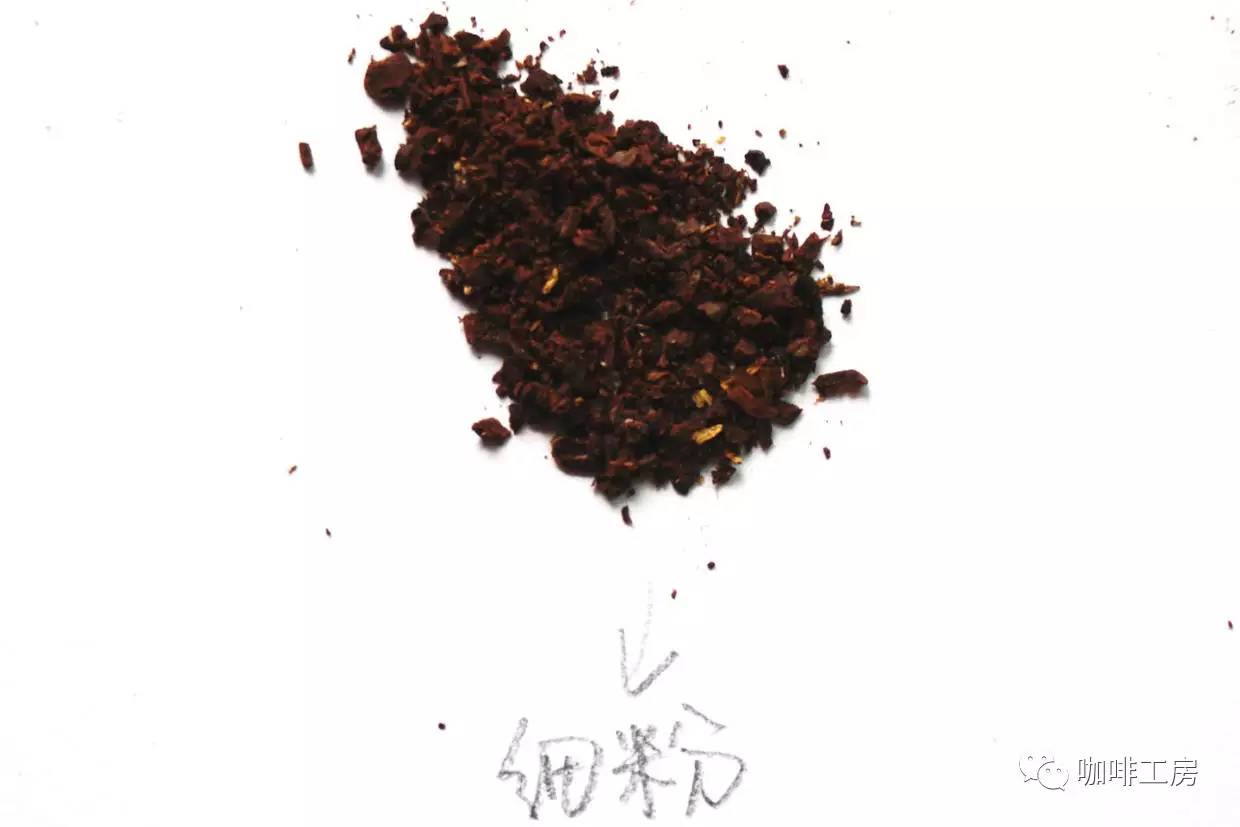
Suitable for hanging ears
Fine powder is suitable for hanging-ear coffee. Many people will think that some of the ears should be soaked in water, and thicker particles should be used. In fact, it is mainly because the ears are all filter paper, and the water output is very large. Unlike hand punching with a closing position, such as the commonly used three-hole filter cup, it actually slows down the speed of water outflow. Therefore, hanging ears need more fine powder to increase the extraction area.
The fine powder is slightly smaller than the fine granulated sugar (fine granulated sugar or young granulated sugar for baking), and give a reference, salt. Less than sugar, more than salt, that's right.
(3) medium fine powder
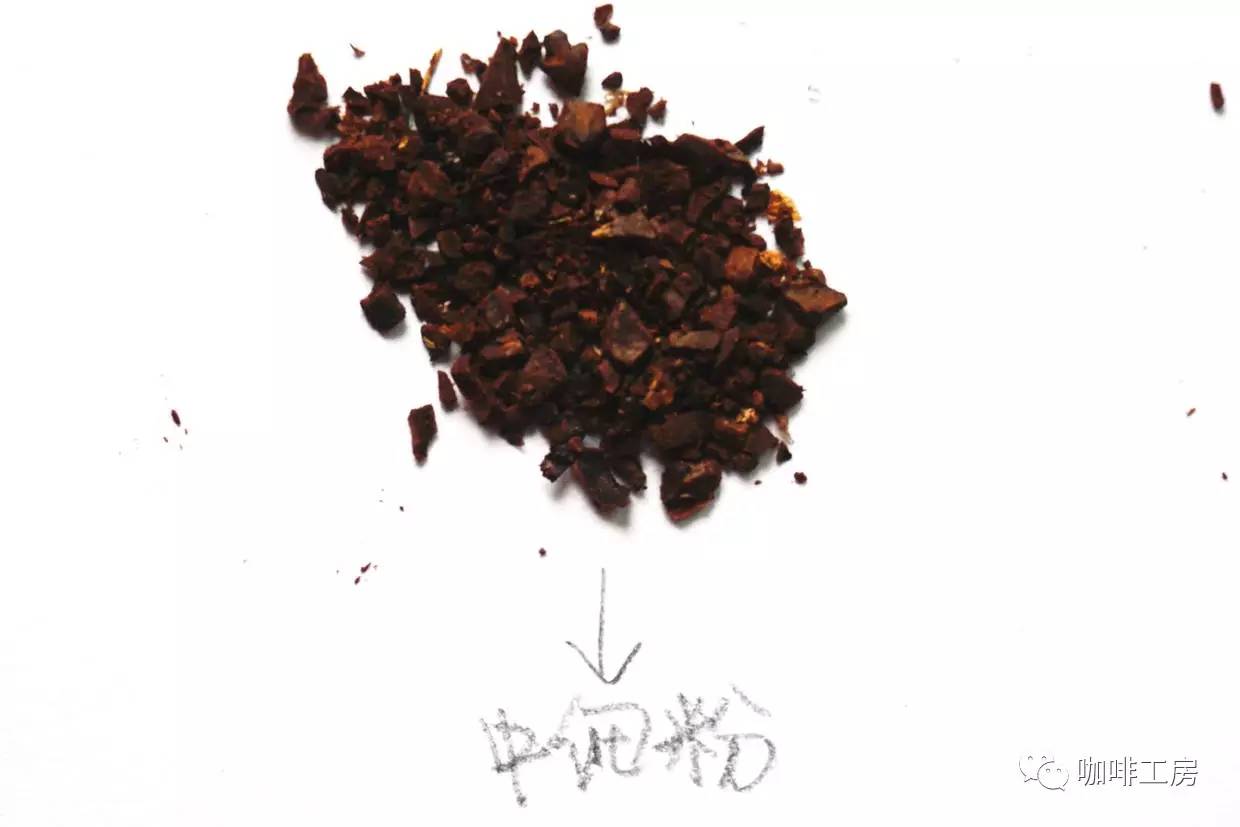
Most suitable for hand flushing
The occurrence rate of medium and fine powder is the highest. Hand flushing pots that are easy for everyone to enter, good-looking siphon pots, and even commonly used household coffee filter machines are all suitable for using medium and fine powder.
Medium and fine powder ≈ white granulated sugar (the most common white granulated sugar in the supermarket, a little bigger than that). Generally, the hand punching will eventually be fixed on the thickness of the medium and fine powder. Because the medium and fine powder is very commonly used, you who love coffee should try your own coffee mill and find the most suitable level of medium and fine powder.
(4) medium powder
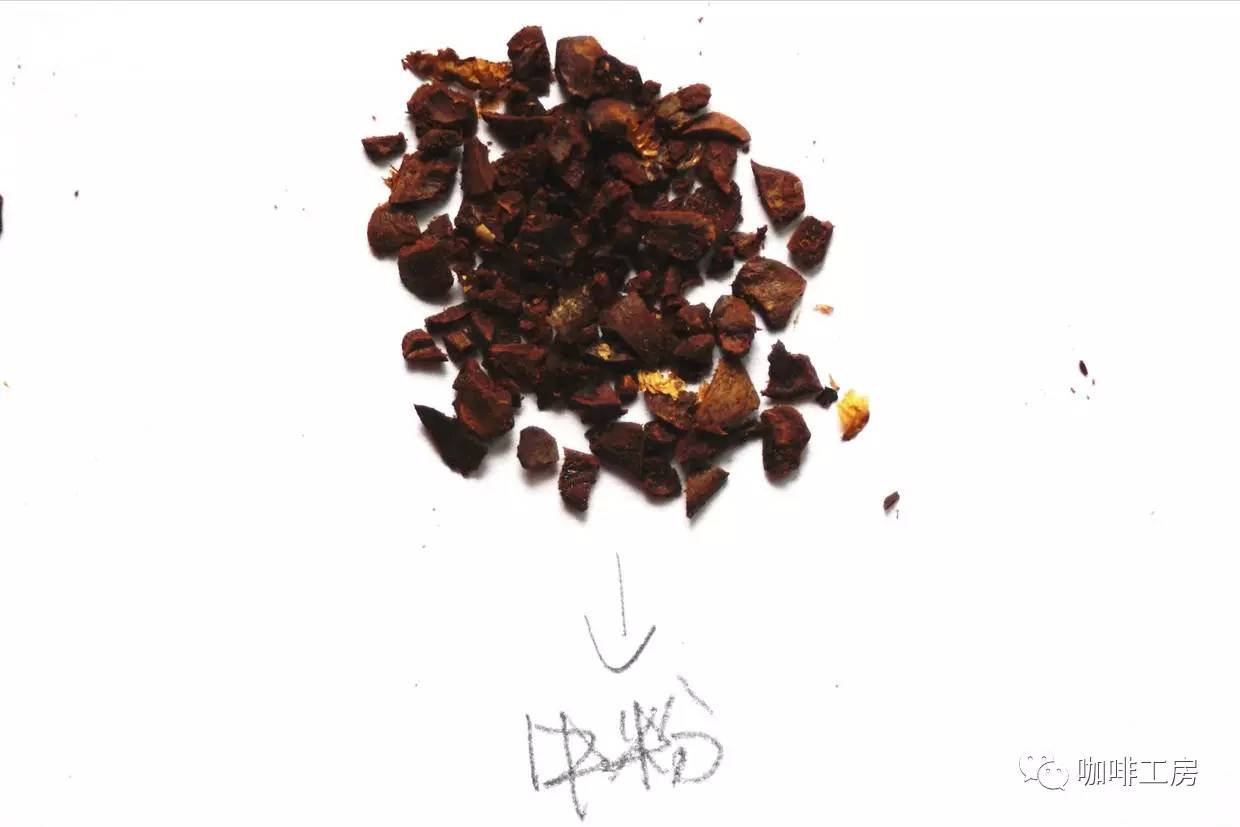
Medium powder = granulated sugar (the largest granulated white granulated sugar seen in the supermarket is this kind of thickness most of the time), the medium powder is slightly thicker than the medium fine powder, but not as large as the coarse powder.
In the extraction, the speed of medium powder is a little slower than that of medium fine powder, and the time is a little longer, and the applicable apparatus is the same as that of medium fine powder. However, it is recommended that beginners first use medium powder for hand flushing. After all, grinding powder is not easy to produce very fine powder, and it is not easy to soak coffee powder in the filter cup due to the accumulation of water in the filter cup at the beginning of controlling the unstable flow, thus causing coffee extraction to be excessive. In addition, because personal tastes are different, you can try more between medium powder and fine powder to find a suitable thickness.
(5) coarse powder
Coarse powder > raw sugar (in human words: sugar larger than the largest granule of white sugar you can see on the market)
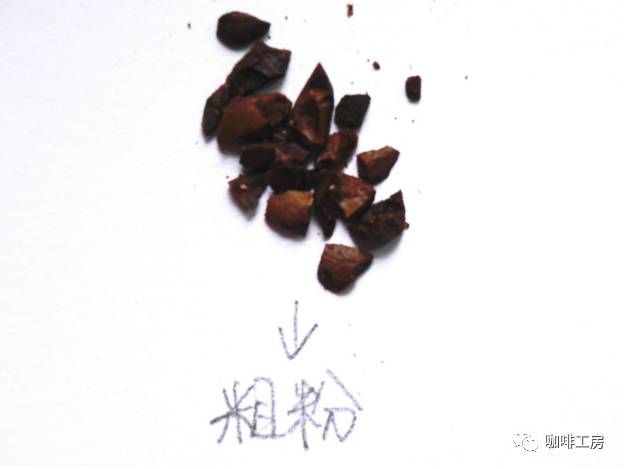
The French pressure kettle is applicable.
If you seldom buy large granules of sugar at home, then when you eat some cakes and biscuits, you can see the surface granules of sugar and the feeling of eating one by one. That is the big granule of sugar. The coarse powder is bigger than that. ? (, not the big sugar in the picture below, thank you for reading! )

Important Notice :
前街咖啡 FrontStreet Coffee has moved to new addredd:
FrontStreet Coffee Address: 315,Donghua East Road,GuangZhou
Tel:020 38364473
- Prev
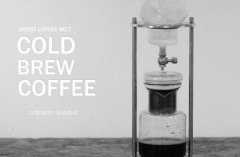
Brief introduction of Ice drop Coffee and its production method
Ice drop coffee, also known as water drop coffee, ice brewed coffee, is a way to make coffee drinks. Ice drop coffee uses ice to extract coffee, which is a slow process that often takes hours, so ice drop coffee is more expensive. The principle of ice-brewed coffee is that it is extracted bit by bit by the melting of ice cubes based on the characteristics of coffee itself melting with water.
- Next
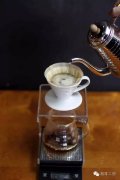
HARIOV60 conical drip cup compared to Kalita trapezoidal three-hole drip cup brewing experience
A lot of people, unlike me, always ask which one is better when choosing a coffee maker. And I don't care what kind of appliance I choose to use, because I think there is always its own specialty between different appliances. I am used to picking up an appliance at random according to its characteristics.
Related
- Beginners will see the "Coffee pull flower" guide!
- What is the difference between ice blog purified milk and ordinary milk coffee?
- Why is the Philippines the largest producer of crops in Liberia?
- For coffee extraction, should the fine powder be retained?
- How does extracted espresso fill pressed powder? How much strength does it take to press the powder?
- How to make jasmine cold extract coffee? Is the jasmine + latte good?
- Will this little toy really make the coffee taste better? How does Lily Drip affect coffee extraction?
- Will the action of slapping the filter cup also affect coffee extraction?
- What's the difference between powder-to-water ratio and powder-to-liquid ratio?
- What is the Ethiopian local species? What does it have to do with Heirloom native species?

